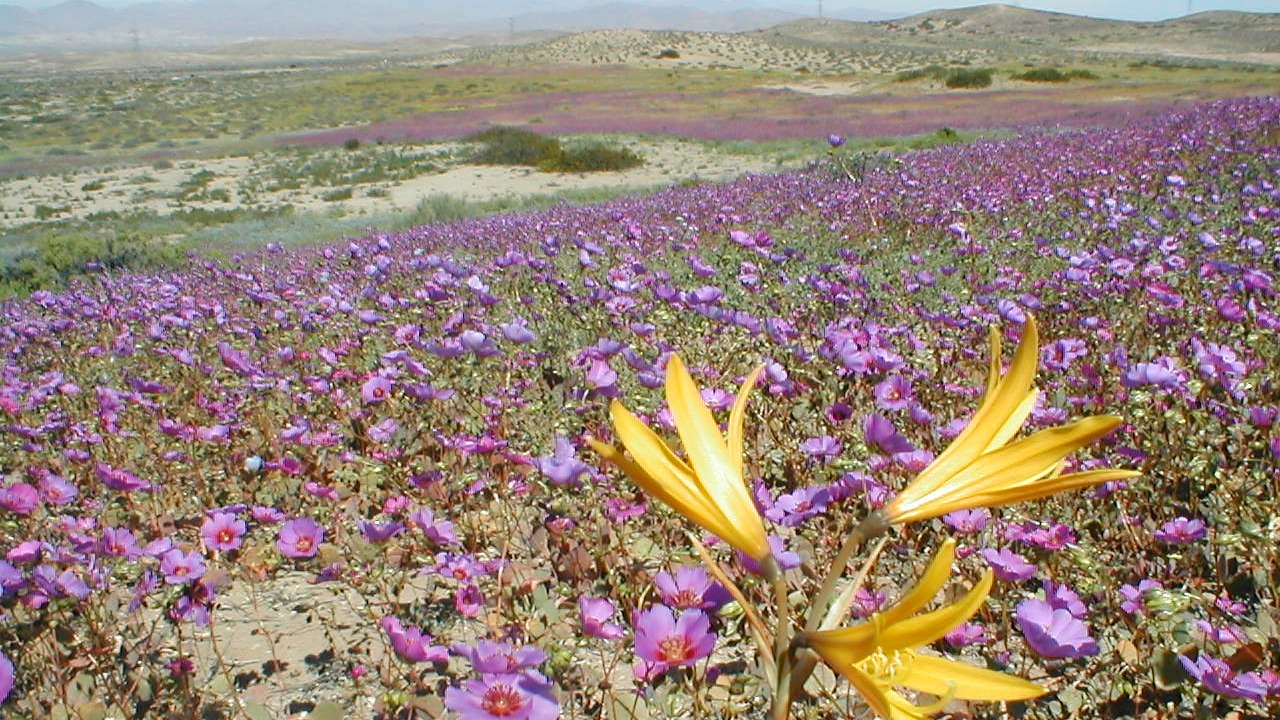
The Atacama Desert in Chile, known as the driest hot desert on Earth, has recently undergone a stunning transformation. Following an unusual bout of winter rainfall, this typically barren landscape has burst into a vibrant purple flower garden. This rare event, not seen on such a scale since 2015, highlights the desert’s remarkable ability to spring to life under the right conditions. The bloom serves as a vivid reminder of the ecological potential lying dormant in even the harshest environments.
The Atacama Desert’s Unique Aridity
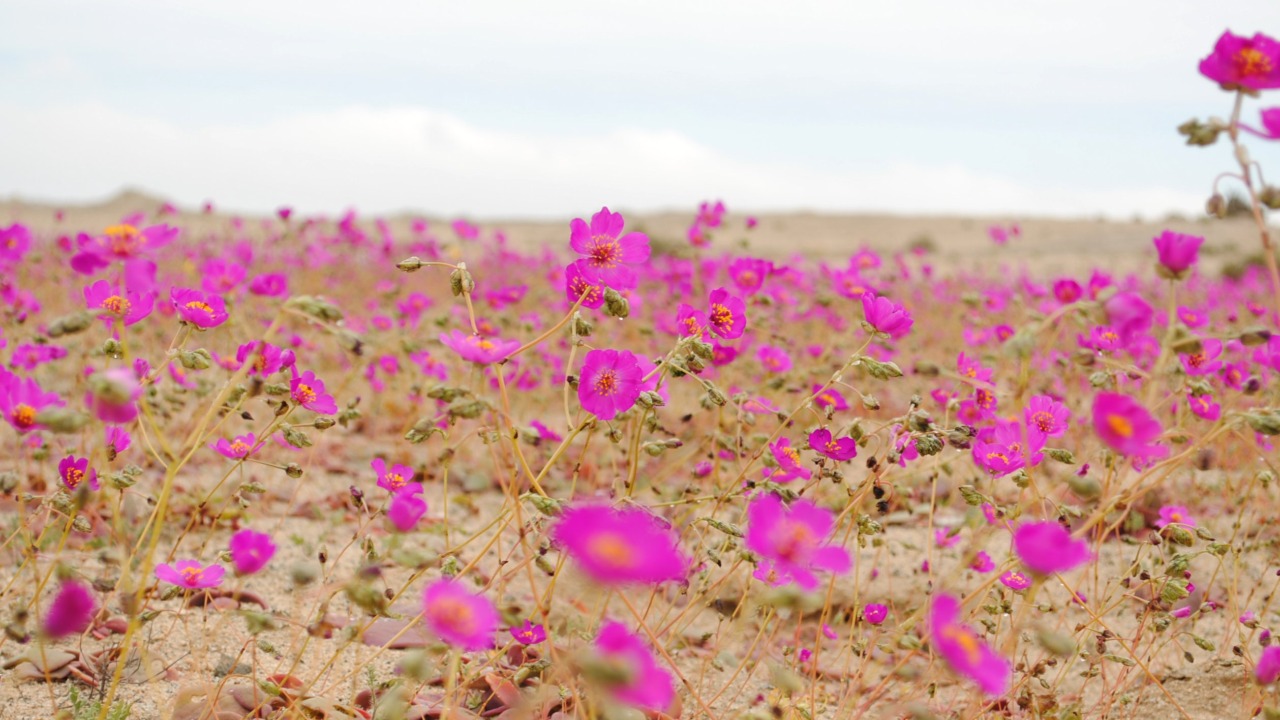
Stretching along Chile’s northern coast, the Atacama Desert holds the title of the driest non-polar desert on the planet. In some areas, it receives less than 1 mm of rain annually, making its arid conditions extreme. This hyper-aridity is largely due to the geographic influences of the Andes Mountains and the cold Humboldt Current, which together create a landscape often likened to the surface of Mars. Vegetation is sparse, with life primarily existing in the form of dormant seed banks that await the rare opportunity to bloom.
In the core zones of the Atacama, average annual precipitation figures fall below 0.03 inches. These conditions are so inhospitable that they challenge the persistence of life, yet they also underscore the resilience of the desert’s seed banks. These seeds lie in wait, ready to seize the moment when rain finally arrives, demonstrating nature’s remarkable adaptability and the delicate balance required for survival in such an environment.
Triggers Behind the Rare Bloom
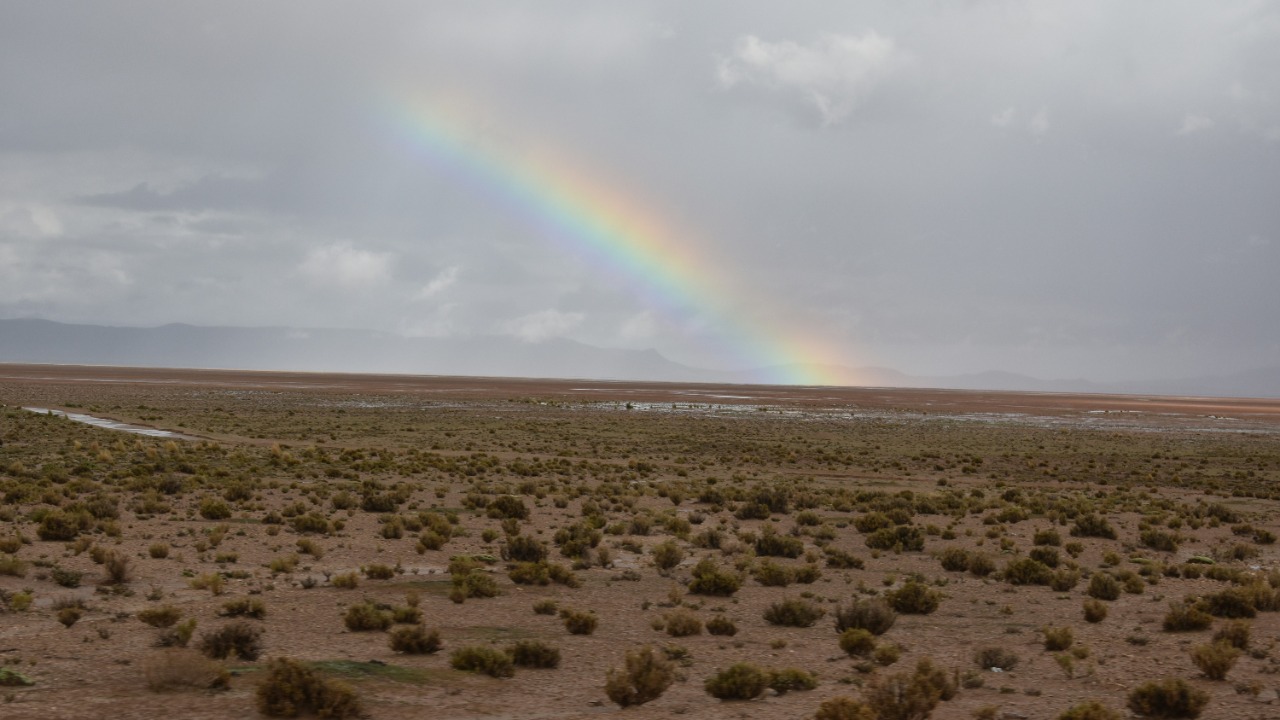
The recent bloom was triggered by exceptional winter rainfall, with reports indicating that up to 20 mm of rain fell in parts of the Atacama. This influx of moisture awakened dormant seeds, leading to the spectacular purple bloom that now carpets the desert floor. Such rainfall events are rare, often linked to shifts in atmospheric patterns like the South American monsoon or the effects of El Niño, which can bring the necessary precipitation to this otherwise parched region.
This phenomenon is cyclical, with the last significant bloom occurring in 2015. These events are infrequent and heavily dependent on moisture, highlighting the delicate interplay between climate patterns and ecological responses. The rarity of these blooms makes them a subject of great interest to scientists and nature enthusiasts alike, offering a glimpse into the hidden potential of the desert’s ecosystem.
Ecological and Visual Spectacle of the Flowers
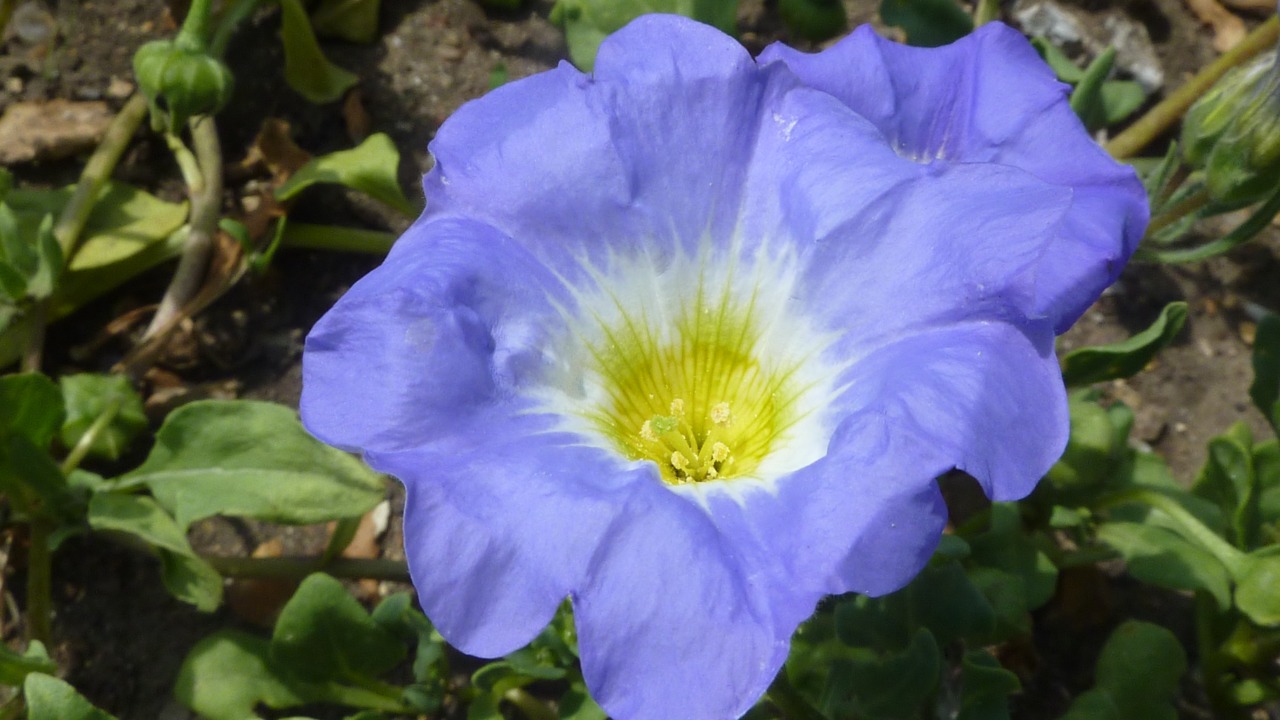
The Atacama’s bloom features a variety of plant species, with purple-flowering plants like Nolana paradoxa dominating the scene. These endemic species create a vivid display across the desert, transforming it into a temporary oasis of color and life. The bloom also prompts a surge in biodiversity, as insects and small wildlife emerge to take advantage of the brief abundance of resources.
However, this ecological revival is short-lived. The flowers typically last only a few weeks before the desert reverts to its usual arid state. This fleeting nature underscores the fragility of the phenomenon and the importance of understanding and preserving these unique desert ecosystems. The bloom not only captivates the eye but also serves as a reminder of the intricate and often precarious balance that sustains life in extreme environments.
Implications for Desert Conservation
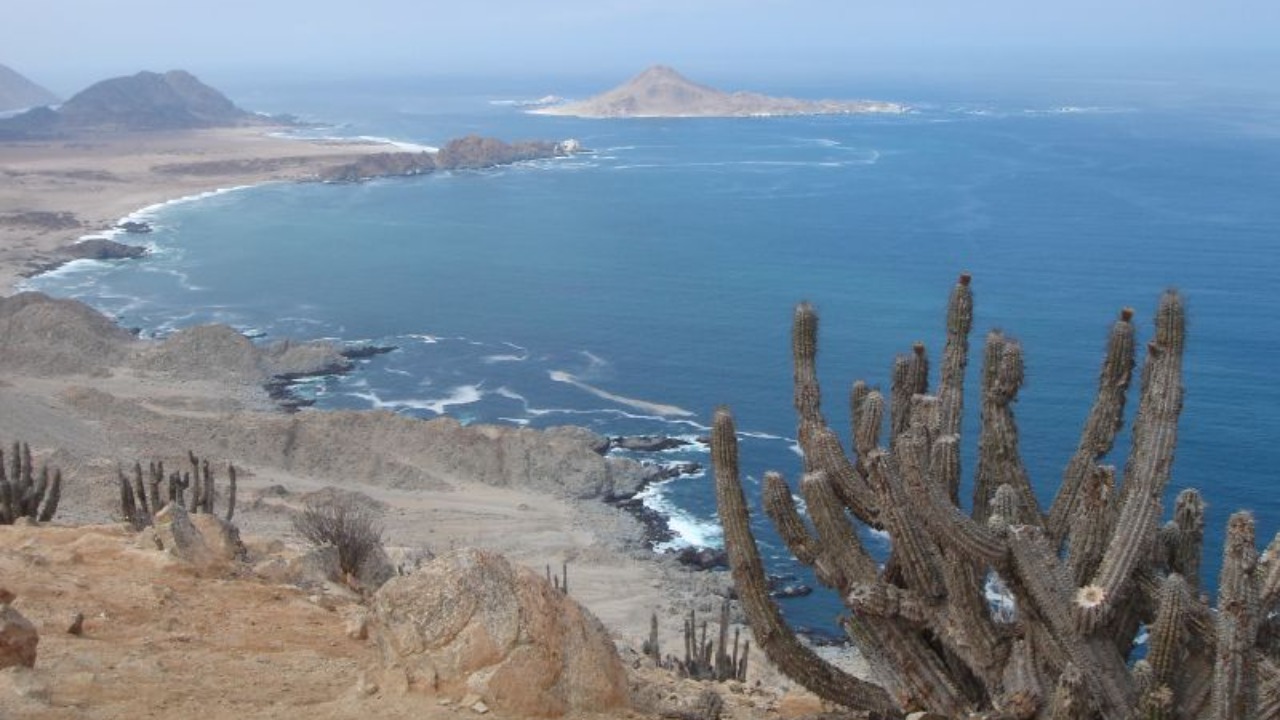
The Atacama’s bloom reveals the underlying soil seed banks, providing valuable insights for conservation efforts aimed at protecting these resilient yet vulnerable habitats. The desert’s ability to burst into life underlines the importance of safeguarding it from threats such as mining and climate change. By understanding the conditions that lead to such blooms, conservationists can better strategize to preserve these ecosystems.
There are lessons to be learned from the Atacama’s natural revival that apply to human-managed landscapes. The concept of avoiding “green deserts” in gardens, where monoculture prevails, is a cautionary tale. Instead, promoting biodiversity and sustainable planting can lead to healthier, more resilient environments. This approach is mirrored in artificial floral displays like the Flower Dome at Gardens by the Bay in Singapore, which simulates diverse biomes, including desert flora, offering a contrast to the wild blooms of the Atacama.
Global Interest and Tourism Boost
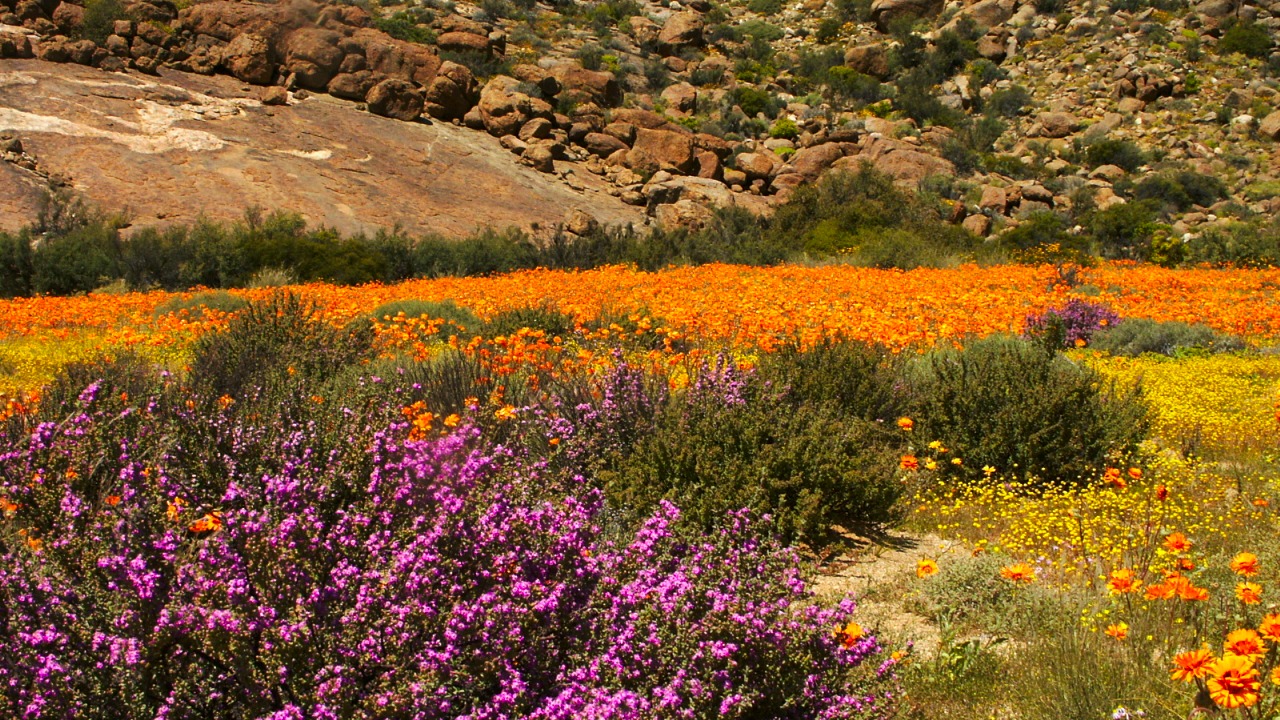
The Atacama’s rare bloom has sparked a surge in tourism, drawing visitors eager to witness the purple landscapes firsthand. Guided tours have become popular, showcasing this once-in-a-decade attraction and boosting local economies through ecotourism. Media coverage and scientific expeditions have also flocked to the region, documenting the event and raising awareness about the importance of desert ecosystems worldwide.
While the bloom provides economic benefits, it also poses challenges in terms of managing human impact on the sensitive post-bloom environment. Ensuring that tourism and scientific interest do not harm the delicate balance of the desert is crucial. The event highlights the need for sustainable practices that protect these unique landscapes while allowing people to appreciate their beauty and ecological significance.
For more information on the Atacama Desert’s transformation, visit IFLScience, Weather.com, and India Today. For insights into conservation efforts, see Science Norway, and for a look at artificial floral displays, explore Little Day Out.